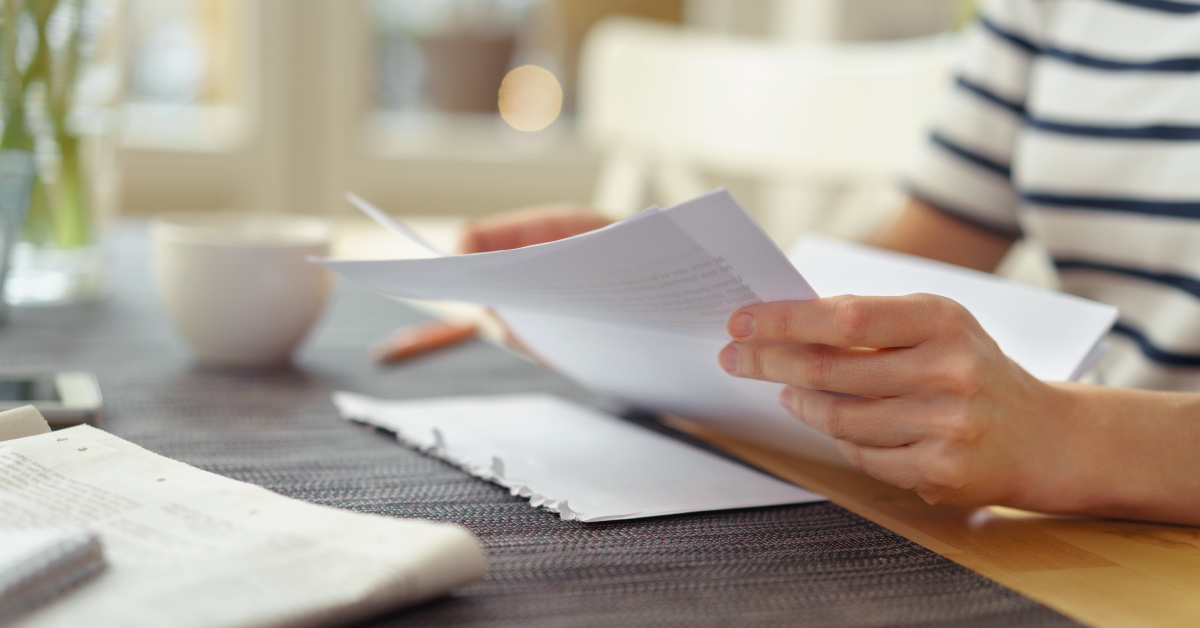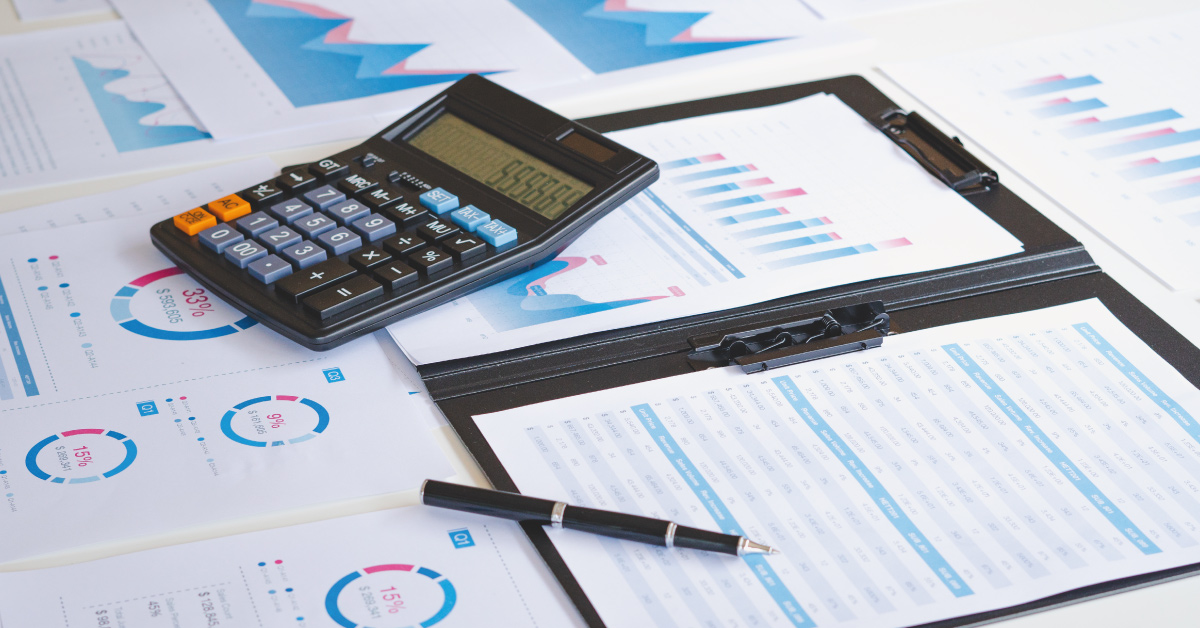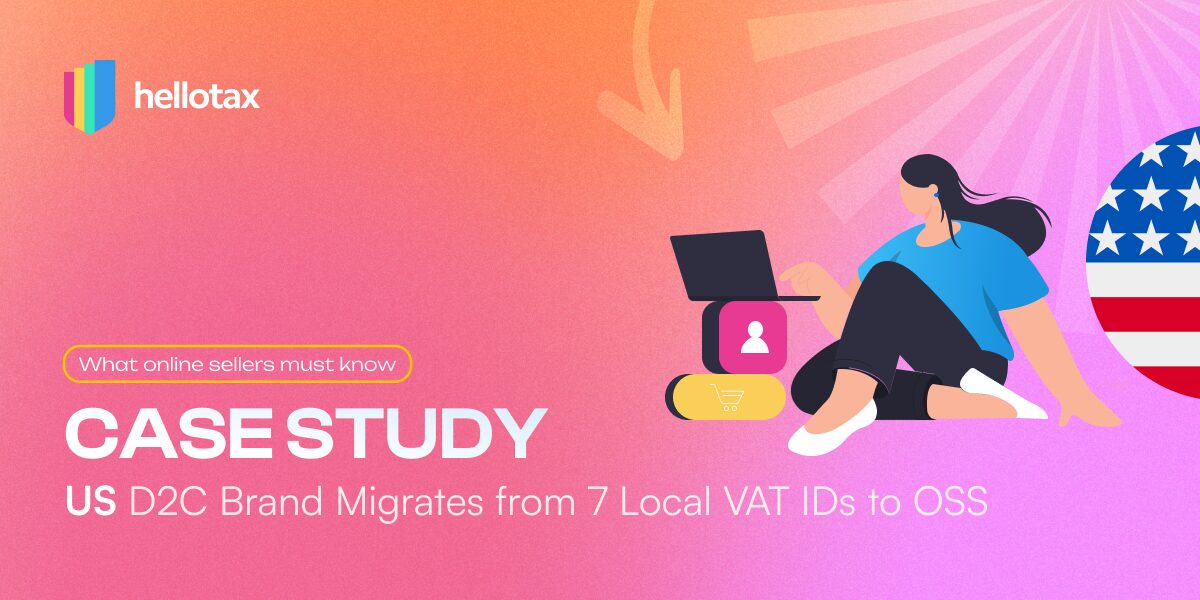The Internet has revolutionized the markets and suddenly you get customers from all over the world. But what about the VAT in Austria? What is input tax and what does input tax deductible mean? As an Austrian online trader, do I have to deal with foreign financial institutions? Many questions make a simple regulation more complicated than it is. In this article you will find everything you need to know about Reverse Charge in Austria.
Antonia Klatt
Last Updated on 22 October 2021
What is Reverse Charge?
Reverse charge means that when trading between 2 EU countries, i.e. selling services/products from one EU country to another, the tax liability is reversed and the recipient of the service must take care of the payment of VAT. Although this can be claimed as input tax, reverse charge has implications for invoicing and accounting.
In order to be able to understand the reverse charge procedure at all, we need to know what the input tax is and what is eligible for input tax deduction.
Input tax and input tax deduction
Input tax is the tax that a company pays when it purchases services or goods from other companies.
In other words: the opposition to the VAT that we pay when a company provides a service or delivers a good. The VAT must be paid to the tax office in the form of input tax.
In principle, every company is entitled to deduct input tax. The input tax paid by a company when purchasing is deducted from the VAT that a company has to pay. There is no input tax deduction for small businesses, as they do not pay VAT (non-genuine tax-exempt).
The Reverse Charge Procedure
Normally the service provider pays the VAT. But not in the case of foreign sales, where the service recipient pays it in order to avoid bureaucracy with foreign authorities and to minimize tax fraud. Reverse Charge means the reversal of the tax liability between supplier and recipient.

The supplier prepares an invoice that does not include tax rates and notes that it is a reverse charge invoice. The service provider must check the VAT ID of the recipient with the Federal Central Tax Office and mention this together with his own on the invoice. It is important that both parties must be companies as this is only possible in B2B sales.
Reverse Charge from the perspective of an Austrian company
If an Austrian company has neither registered office nor residence in Germany, the tax liability is transferred to the German service recipient when trading to Germany.
If an EU or non-EU business is the supplier and an Austrian business is the recipient, the Austrian business will be liable for the tax, regardless of whether the reverse charge is indicated on the invoice or not. In this case the input tax deduction can also be claimed.
Tax Accounting
It is important that all important details of the reverse charge procedure are listed in the invoice and all other characteristics of an invoice are correct.
- Indication that this is a reverse charge.
- The VAT identification number of both parties.
- No tax rates, otherwise tax would be paid.
Small Businesses
Small businesses are exempt from VAT up to 30.000€ total turnover per year (§6 Abs. 1 Z 27 Umsatzsteuergesetz – UStG). As a small business owner, you can exceed the turnover limit once by 15 percent within five calendar years.
Since small businesses do not report VAT, they cannot deduct input tax. If a small business purchases something from the EU area using the reverse-charge procedure, it still has to pay the tax. For purchases up to 11,000€, small entrepreneurs are legally considered private individuals. From 11.000€ on, the limit is exceeded and they need a sales tax identification number as small entrepreneurs. Otherwise they pay the VAT of the importing country and the Austrian VAT (example Germany -> Austria: 19% + 20%).

Book a free consultation
Our VAT experts are happy to help you. Book a free consultation today!
Summary
The reverse-charge procedure helps companies cut red tape and reduces tax fraud through reverse VAT liability. The VAT is not paid by the Austrian service provider, but by the foreign service recipient. This service is then not taxable for the Austrian company; no VAT is shown on the invoice.
The invoice must contain the VAT number of both parties and the indication that the batch is a reverse batch. Small businesses are considered private persons for one-time purchases up to 11.000€ and need a VAT identification number from this limit on, otherwise the VAT would be paid twice.





